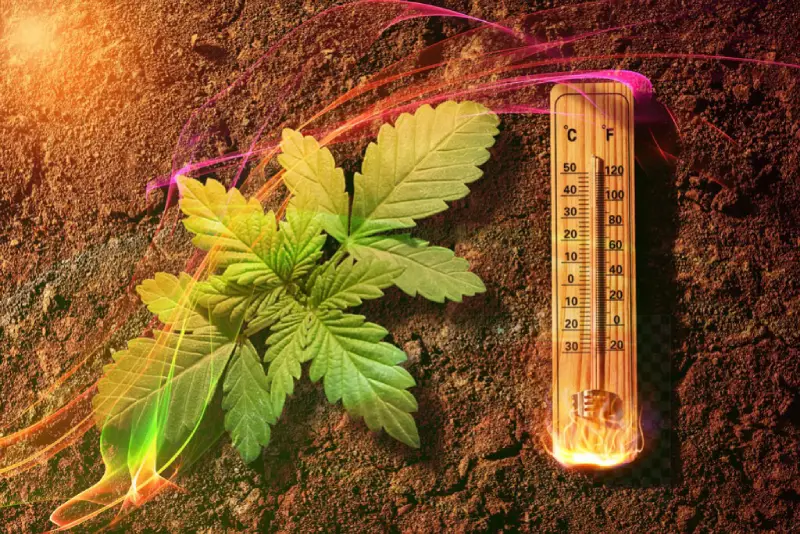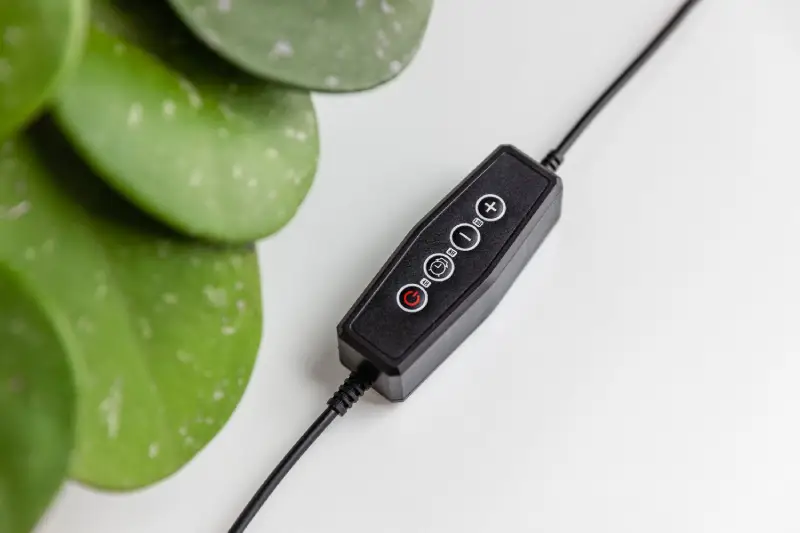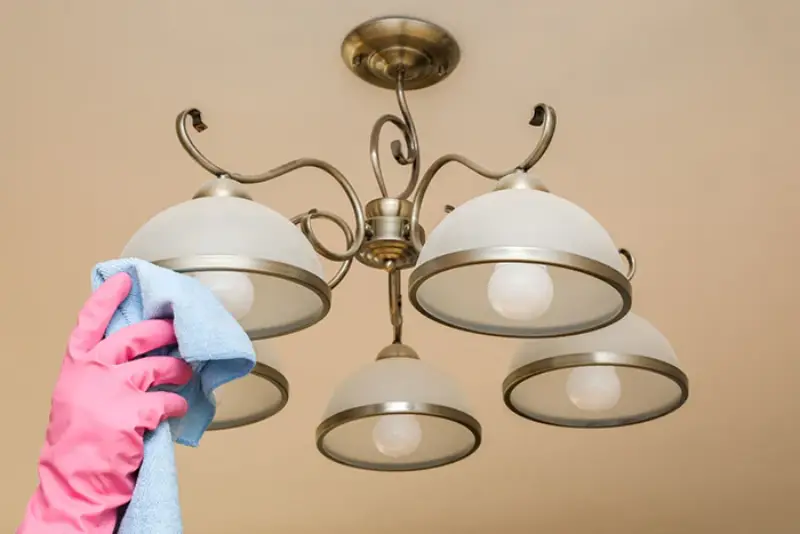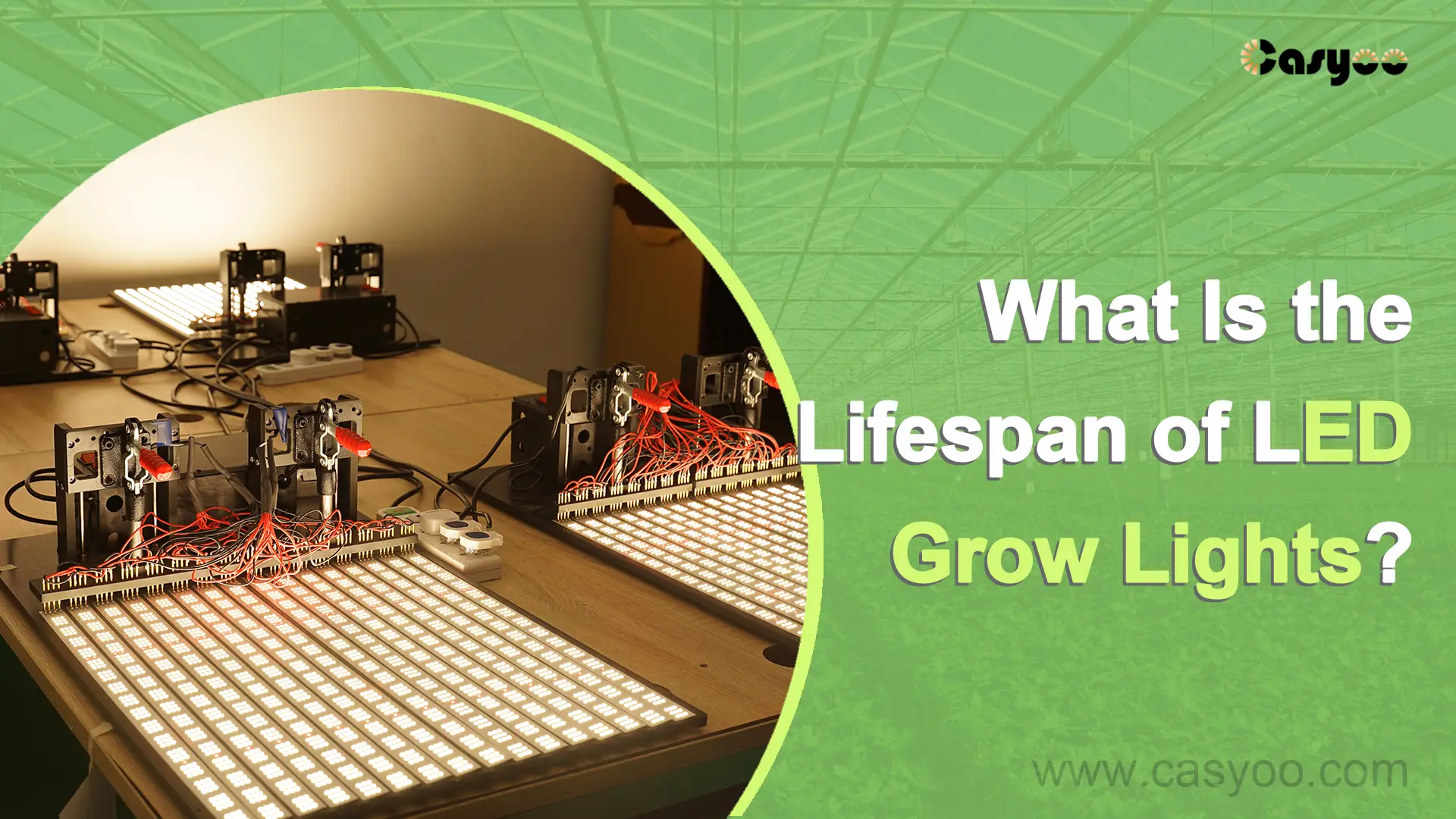Indoor gardening becomes easier as LED grow lights gain in popularity. This blog aims to address one of the most important questions that come up when purchasing these lights: What is the lifespan of LED grow light?
How Long Do LED Grow Lights Last?
In addition to their many other advantages, LED grow lights are known for their long lifespan. Compared to HPS lights, which have an average lifespan of 10,000–18,000 hours, LEDs last far longer. LED grow lights can last 50,000–100,000 hours.
What Are the Factors that Affect the Lifespan of LED Grow Lights?
Temperature
Operating LED grow lights at high temperatures accelerates the rate of degradation of the light emitting diode (LED) and other components, hence reducing their lifespan.
Power Supply Quality
LED grow lights need a consistent and stable power source to operate properly. Power supply fluctuations have the potential to shorten the service life of LEDs and other components.
Operating Voltage
LEDs can be damaged and have a shorter lifespan if they are operated at a voltage that is either too high or too low.
Ambient Environment
The environment in which LED lights are utilized has an impact on them. LED lights can have their lifespan impacted by exposure to severe temperatures, humidity, and other environmental factors.
Heat Dissipation

LED lights will produce heat. If it is not adequately dissipated, this might shorten the lights’ lifespan. The lifespan of LED grow lights can be extended by conducting good heat management, such as using heat sinks.
Duty Cycle
The duty cycle is the duration of time LED lights are on in a specific time period. Continuously running LED lights will not last as long as lights that are switched on and off on a regular basis.
Drive Current
The amount of electricity that is given to an LED lighting is known as the drive current. The service life of an LED light can be shortened due to overdriving or too much current.
Component Quality
The longevity of LED lights can be affected by the quality of the LED, resistors, and capacitors that are used in them. The lifespan of LED lights can be increased by using high-quality parts.
Protection from Physical Damage
Vibration or physical shock can cause damage to LED grow lights. The lifespan of LED lights can be extended by appropriately shielding them from physical harm.
How to Prolong the Lifespan of LED Grow Lights?
To make sure LED grow lights last as long as possible, adequate care and maintenance are necessary, just like with any other electrical device.
Buy High-Quality LED grow Lights
Choosing high-quality LEDs from reliable manufacturers is the first important step in guaranteeing the longevity of LED grow lights. Cheap LEDs may have faulty parts, which might cause them to fail too soon. It’s recommended to choose a well-known manufacturer with positive feedback from customers because they are more likely to offer reliable and long-lasting products.
You can trust Casyoo, we are confident that your lights will illuminate your growing area for many years to come.
Set up a Timer

Keep in mind that use leads to degradation. Setting up a timer is one of the easiest methods to minimize wear and tear on your lights. This controls when the light goes on and off during the day, which lowers the possibility of forgetting to switch off the light.
Avoid Overdriving
Exceeding the voltage or current specified for LED grow lights will drastically shorten their lifespan. It is usually recommended to follow the operating parameters specified by the manufacturer, which can be obtained from the product datasheet or user manual.
In order to minimize excessive LED stress, appropriate dimmers and drivers can help regulate the voltage and current.
Maintain Appropriate Heat Management
Since LEDs are heat-sensitive, high temperatures might hasten their deterioration. Make sure your LED grow lights are installed in well-ventilated places. To dissipate the heat produced during operation, adequate heat sinking is essential. Periodically cleaning any dust on heat sinks or ventilation holes is also helpful.
Control Voltage Fluctuations
LED lights may suffer from voltage fluctuations. LED grow lights can be protected against voltage spikes and fluctuations brought on by power grid problems or lightning strikes by installing voltage stabilizers or surge protectors.
Maintain a Clean Environment

Over time, dust, dirt, and other impurities can gather on LED fixtures, decreasing their effectiveness and possibly causing overheating. Using a gentle, dry cloth to clean the LED fixtures on a regular basis can help preserve their functionality. Steer clear of abrasive or harsh chemicals since they can harm the LED’s lens or surface.
Avoid Excessive Vibration
Try to avoid mounting grow lights in locations that are subjected to mechanical stress or frequent vibrations. Use shock-absorbing materials to lessen the impact on the LEDs if it is not possible to avoid it.
Conclusion
In conclusion, LED grow lighting is a durable and energy-efficient choice. It can drastically save your energy bills and last about 50,000 to 100,000 hours.
You may extend the life of your LED lights and reap their benefits for many years by paying attention to the above tips. In addition to helping you save money over time, proper maintenance will make your lighting choices more ecologically friendly and sustainable. Let your LED grow lights shine efficiently and brightly!
Casyoo is committed to providing high-quality LED grow lights. All LEDs will undergo rigorous quality tests before shipping. We partner with renowned brands, such as Samsung and Osram, to make sure all components are of great quality. Check out our LED grow light collection here.




